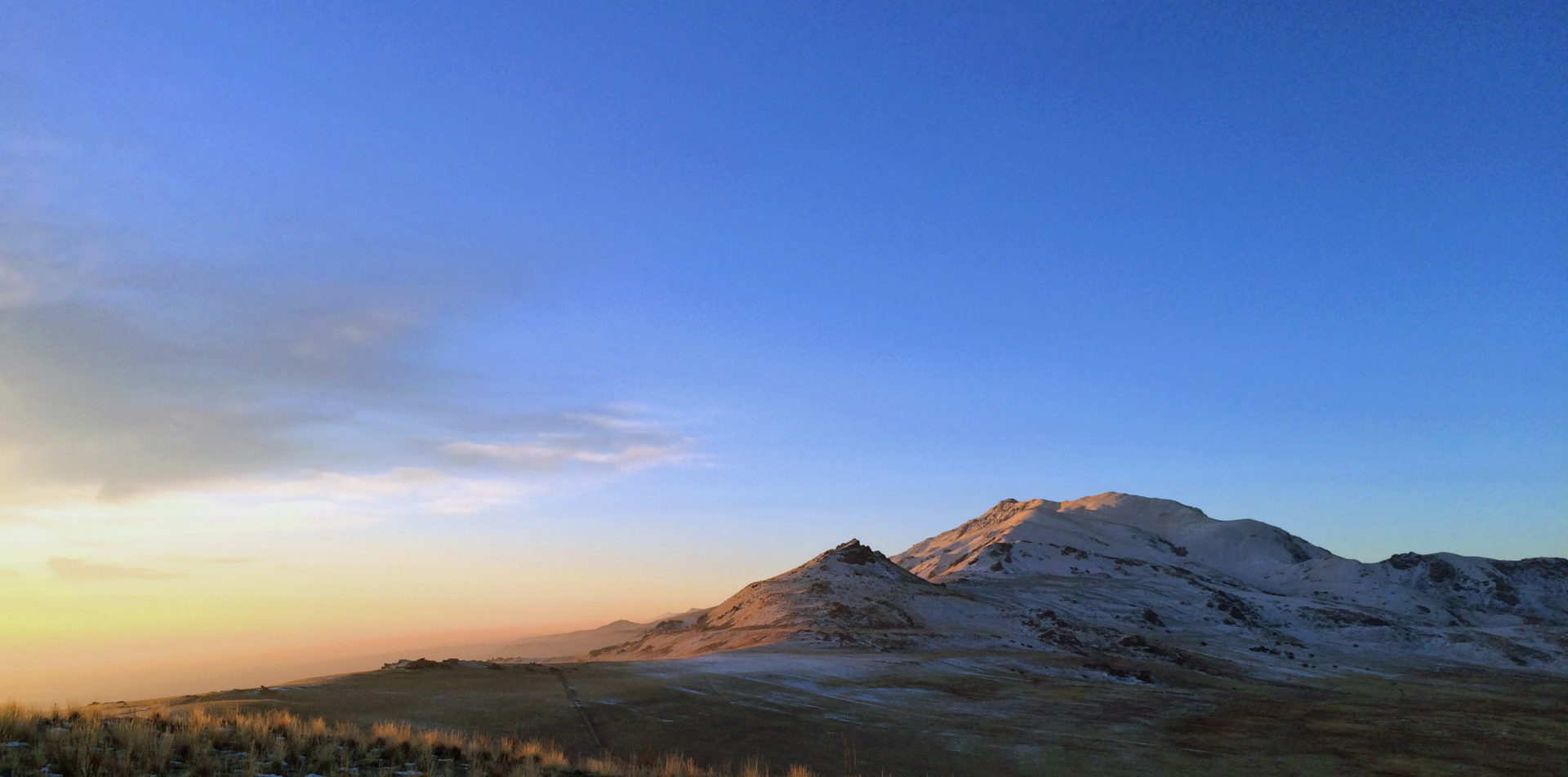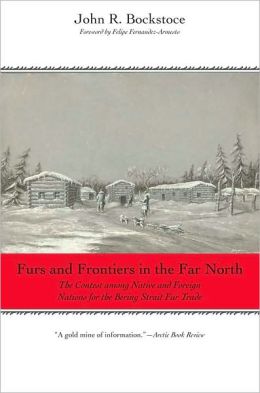From the Bookshelf
Periodic musings on books I like.
Those familiar with some of the projects I have worked on know that I love the strange. I love historical topics that seem counter-intuitive, peculiar, or otherwise unique and unexpected. So, for my first “From the Bookshelf” post, I thought I would feature one such title.
First, some preamble.
During the summer of 2005 I took an intense 3 week, 3 credit graduate course in the U.S. West to 1890 with my then-M.A., later-Ph.D. advisor, John R. Wunder. While covering the various colonial empires that expanded across North America, he included the expected Spanish, French, and English. Then, surely with a devious grin on his face, he spent a full unit on the Russians up in Alaska. It was great! In years since I have taught variations of that course a number of times, and each time I have followed suit in bringing Russian colonialism in North American into the discussion. Students are always a bit mystified by it, having almost no background knowledge in the subject. As such, the Russian example has always proved an excellent springboard for engaging students in discussion about comparative colonialism, Euro-Indigenous relations, etc…
Hence, I was very excited a couple years ago to include the following title in a graduate reading seminar I was directing at the University of Nebraska at Kearney:
Bockstoce, John R. Furs and Frontiers in the Far North: The Contest Among Native and Foreign Nations for the Bering Strait Fur Trade. Yale University Press, 2010.
I will forgo a critique or review of the book and just briefly explain why I think it is worth your consideration. First, it is well-written, well-researched, well-argued. So, in the most general terms, it gets my general stamp of approval. It’s a good book, but that isn’t the primary source of my enthusiasm. I forward this book for your consideration because I love how it takes so many themes familiar to those who study the North American West, Native American history, the Fur Trade, and so forth, but explores them via foreign actors. By “foreign,” I mean – unfamiliar. I would assume that most Western scholars could lay out the general contours of fur trade history, Euro-Native relations in the fur trade, and so forth – but few could offer much commentary on what Russian fur traders were up to in Alaska. So, as you are considering the differences between English, Spanish, and French colonialism (sorry New Netherlands and New Sweden, it looks like you’re still on the B team), integrate the complex, oft-violent and shocking, always fascinating Russian America.
I’ll let you explore the book and find all of the ah-ha moments for yourself, but I will just generally say that time and time again, I was baffled to find so many of my familiar “western” narratives unfolding in new ways in Alaska. Read up!
Thanks to John Bockstoce, and Yale University Press’ Lamar Series in Western History for publishing this.

